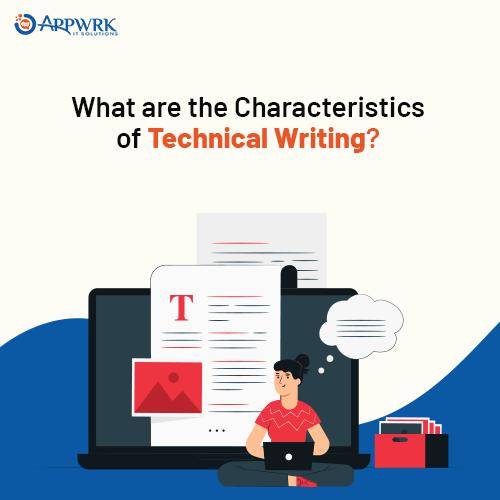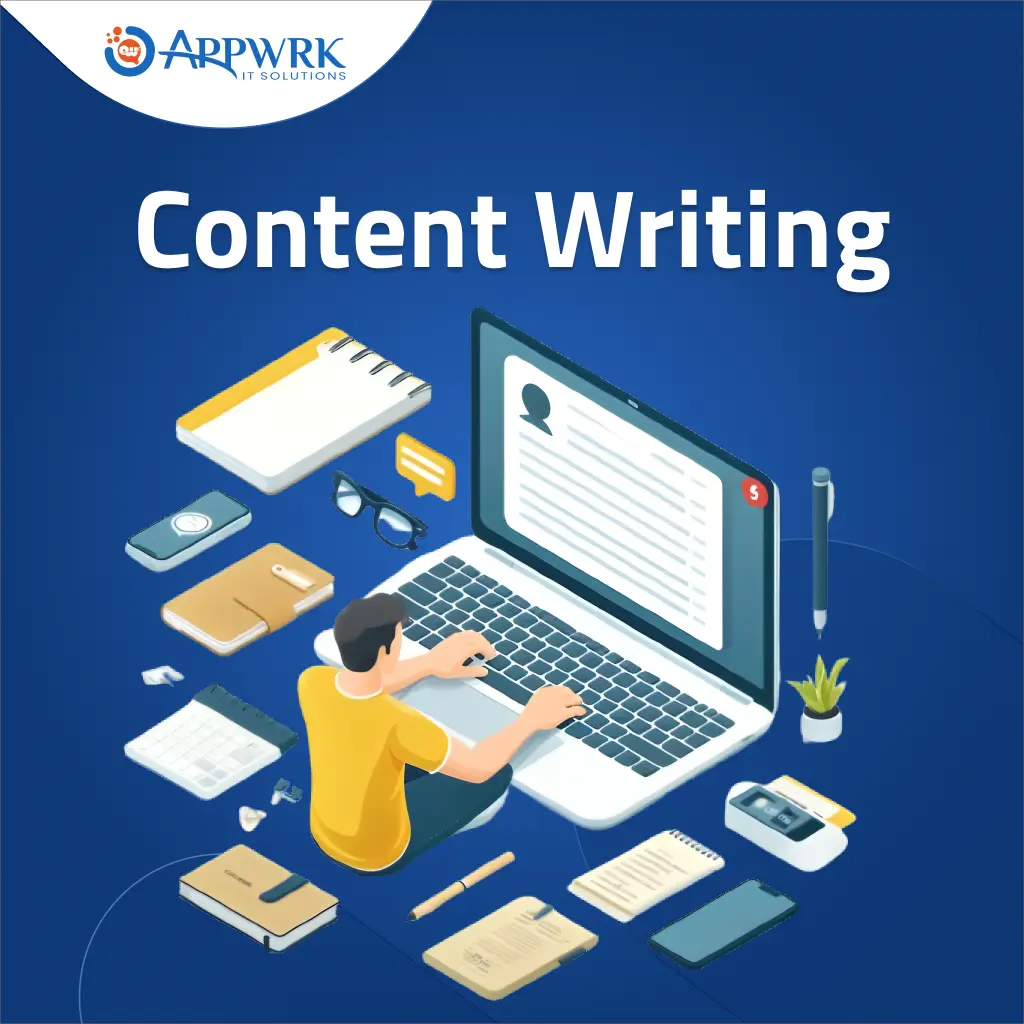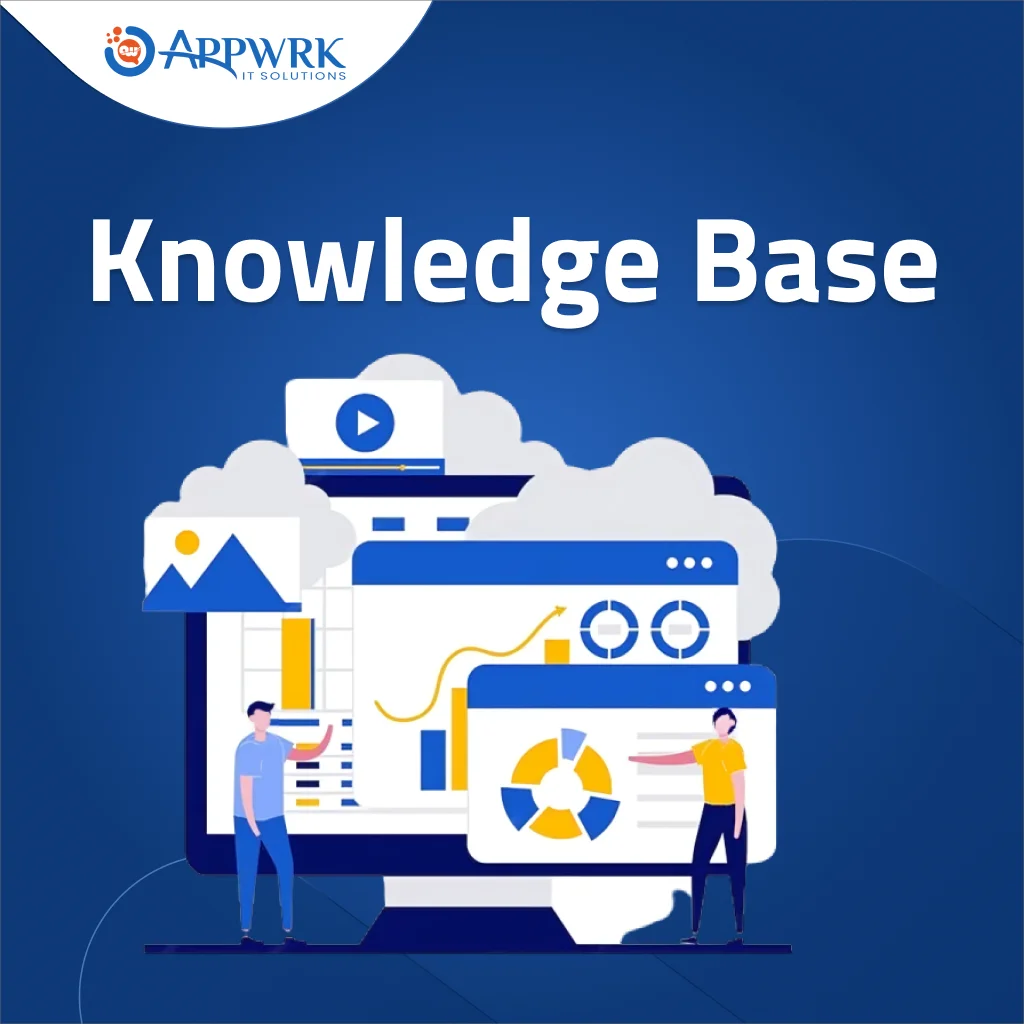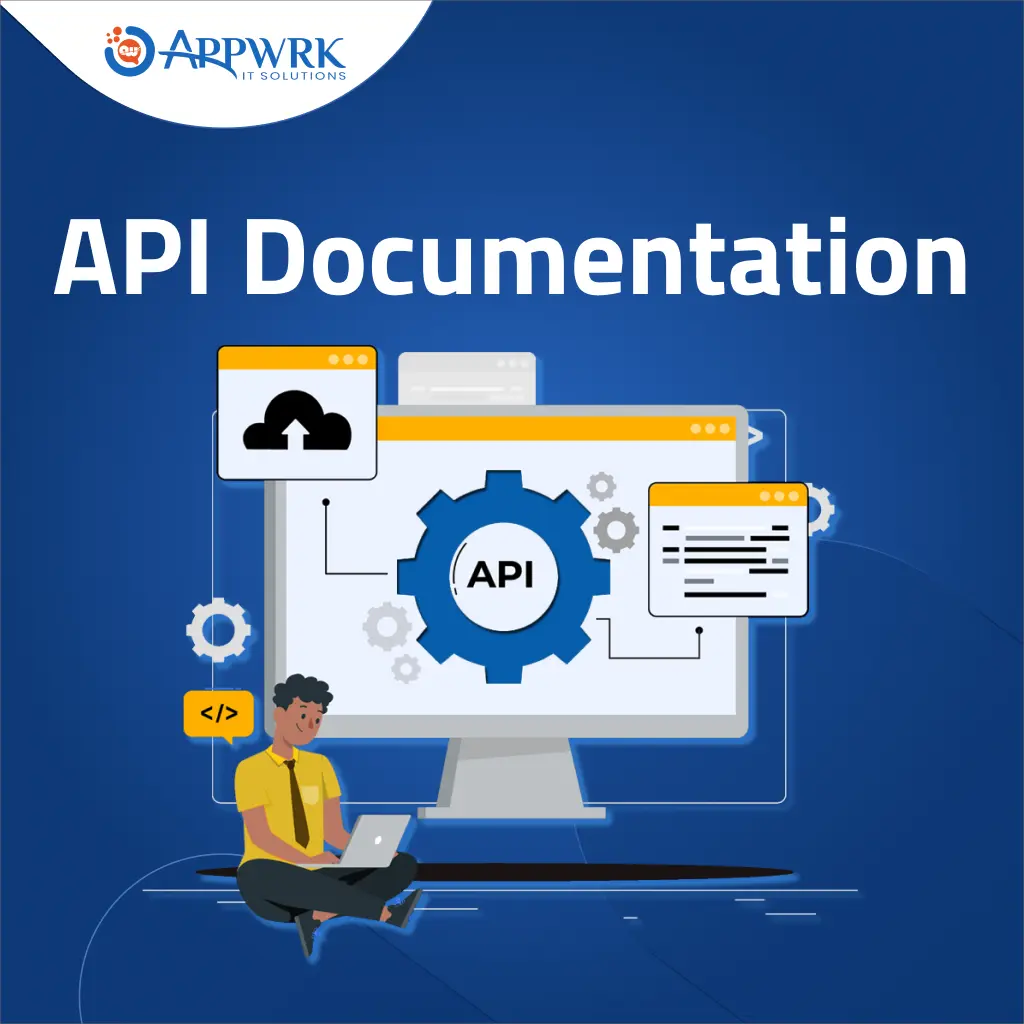What is an SOP Manual and How to Write One?
Efficiency is a crucial goal for businesses, and achieving it requires the right knowledge and practices. This is where SOP Manual, or Standard Operating Procedure Manual comes in. For years, these manuals have been a trusted practice for organizations seeking to enhance their operations. If you’re eager to understand how SOPs can benefit your workplace, let’s dive into the details without any delay.
Table of contents
What is an SOP Manual?
An SOP Manual, or Standard Operating Procedure Manual, acts as a safety net for all operations in a company. It guides employees to work accurately and efficiently while avoiding mistakes. It’s like a reliable guidebook that ensures consistency and quality in work, promoting awareness of best practices. So, beyond just establishing routines, SOPs help maintain high-quality output and streamline workflows in organizations.
Benefits of an SOP Manual
As we already know, SOP Manual are very thorough and a detailed type of technical writing. One thing users always ask themselves, “Will it really benefit us?” Yes, it will, and in many different ways. Let’s list them for your better understanding.
- Brings Consistency:By adhering to a single set of instructions outlined in the SOP, consistent outcomes are reliably achieved.
- Quality Assurance: Once a business achieves consistent results, the production of high-quality outputs becomes inevitable. This not only enhances the company’s brand image. It also underscores the pivotal role of SOPs in maintaining and improving quality standards.
- Improves workflow: SOP Documentation ensures that everyone in the organization understands how to perform tasks efficiently. Which saves time and optimize workflow processes.
Key Elements of an SOP Checklist
When crafting or reviewing an SOP Documentation, consider these vital elements to ensure its effectiveness and impact. This SOP Checklist includes:
- Header: The main title/header of the document should be clear and concise. The reader should be able to grasp the upcoming content in the SOP with just the title.
- Purpose: Explaining the purpose of an SOP Manual is crucial. It not only gives an overview of the document but also helps people understand whether the document will provide them with what they need or not.
- Scope: The scope should be clear from the start when writing an SOP Document.You should be aware of the limit to which the SOP can go, whether it is about the size or amount of information provided.
- Revision History: A table or compilation of information about all the changes made in the document is essential; this not only keeps away any confusion but also brings transparency to the evolution of the document.
- References and Related Documents: Providing references and related documents to instruction is really important. This will not only help them understand better but also increase their trust in the document.
- Definition: Include explanations of technical terms in the SOP Document for user comprehension, ensuring accessibility across various organizational levels.
- Approval Signatures: On your SOP checklist, make sure to get the signatures of higher-ups who approved it. It’s like a stamp of approval, proving it’s genuine and trustworthy.
- Appendices: Include raw data like transcripts, charts, recordings, or images at the document’s end for a comprehensive understanding of discussed problems.
- Role and Responsibilities: Specify roles in the document for clear assignments and smooth operations, ensuring everyone knows their job for harmony in tasks.
- Procedure: An SOP’s core is its procedures, so ensure clarity with straightforward, step-by-step instructions.

Steps to Write a Standard Operating Procedure Document
Creating SOP documentation requires attention to detail but can be simplified by following predefined steps, reducing the chances of failure. If you want to master writing good SOP documentation, continue reading to uncover the essential steps.
- Process Identification: When crafting an SOP Document, it’s essential to cover all operations comprehensively. Familiarity with each process is crucial for effective standardization.
- Build a Team: Before starting an SOP Manual, form a team to expedite the process, distribute workload, and enhance the document’s quality through diverse expertise.
- Scope and Objectives: When working on any kind of documentation, it is your duty to inform the user about the objective of your document before they read it. Being clear about your object beforehand will help you and the readers greatly.
- Break the Process: A lengthy explanation can never be as helpful as concise and step-by-step explanations, as it is easier to navigate and better to understand. Therefore, you need to make sure that you explain everything in small and simple sections.
- Divide the work: Break down responsibilities among your team for clarity and refined documentation, reducing confusion in job completion.
- Do trials: Once you have completed the SOP document, you need to try it with someone and check whether you are getting the expected results or not. If not, you need to check where you went wrong, rectify the mistake and then do trials again.
- Start training: If you have confirmed that your SOP is not lacking anymore, you can start training the employees. You will need to explain and demonstrate everything within the SOP and make sure that your employees understand what you want to convey.
- Keep Revising: Even after SOP completion and user training, regular revisions are essential due to policy, procedure, or equipment changes.
Best Practices for SOP Manual Creation
For SOP writers, finding their flow is key to smooth work. While everyone has their own style, newbies can benefit from simple practices to get started and improve. These tips can serve as a helpful SOP checklist to guide your writing journey.
- Be Clear: The provision of clarity is of utmost importance because you need to address the problems of a large audience through your SOP Document. Every writer aspires to write something that can be understood even by a layman.
- Be User-friendly: Another practice that is practically practiced by almost every SOP writer is being user-friendly; you have to be interactive, and the one reading should not be bored.
- Be Intricate:Break down every step of the process in detail, covering every aspect, from button locations to color-coding used in operations. This thorough approach ensures clarity and leaves no stone unturned in the explanation.
- Be navigable: The instructions that you write down should be easy to follow and implement. You have to make sure that even a person who is unaware of the ways your organization can perform the operations after reading the SOP instructions.
- Review and Revise: SOPs are never perfect for a long period of time, as there are changes in operations, policies, types of equipment, etc. You need to keep your instructions in check to ensure they are up to date. This not only makes the SOP better but also promotes a culture of continuous improvement.
- Ease of Access: The SOP Manual should be accessible to all. The more accessible it is, the better. You can make it available on different platforms and in different types, such as booklets, announcements, web pages, etc.
Conclusion
At Appwrk, SOP Manual are your key to efficiency, offering consistency, quality, and streamlined workflows. Our blog provides comprehensive insights, from understanding benefits to crafting effective manuals. Simplify your processes and elevate your business with SOP Manual. Reach out for expert assistance today and empower your operations for success.

FAQs for SOP Manual
A Standard Operating Procedure (SOP) is a documented guide that outlines the steps and protocols necessary to complete a specific task or process. It provides a standardized approach to ensure consistency, efficiency, and safety in operations.
To write an SOP, first identify the process and gather relevant information. Then, outline clear step-by-step instructions, define roles, and review for accuracy. Finally, format the document effectively, obtain approval, and ensure regular updates for ongoing relevance.
An SOP Document is a detailed manual outlining step-by-step instructions for tasks within an organization, ensuring consistency and efficiency in operations.
In business, an SOP (Standard Operating Procedure) is a documented guide outlining step-by-step instructions for routine tasks, ensuring consistency, efficiency, and compliance with company standards.
The three types of SOPs are Process SOPs, which outline steps for tasks, Policy SOPs, which detail rules and regulations, and Work Instruction SOPs, which provide specific task guidance with procedures and safety measures.
About The Author






 Free Quote
Free Quote
















































